The landscape of healthcare for individuals with neurological disorders is undergoing a significant transformation, thanks to the innovation of advanced neurological disorders devices. These cutting-edge technologies are not only improving diagnostic capabilities but also enhancing treatment protocols and patient outcomes. In this guide, we will explore how these revolutionary devices are reshaping patient care across various neurological conditions. From wearable gadgets that monitor brain activity in real-time to implantable solutions that stimulate nerve pathways, the integration of technology in neurological healthcare is paving the way for more personalized and efficient treatments. This article will delve into the key innovations, their applications, and the profound impact they have on the lives of those affected by neurological disorders, showcasing how these devices are truly revolutionizing patient care in ways previously thought impossible.
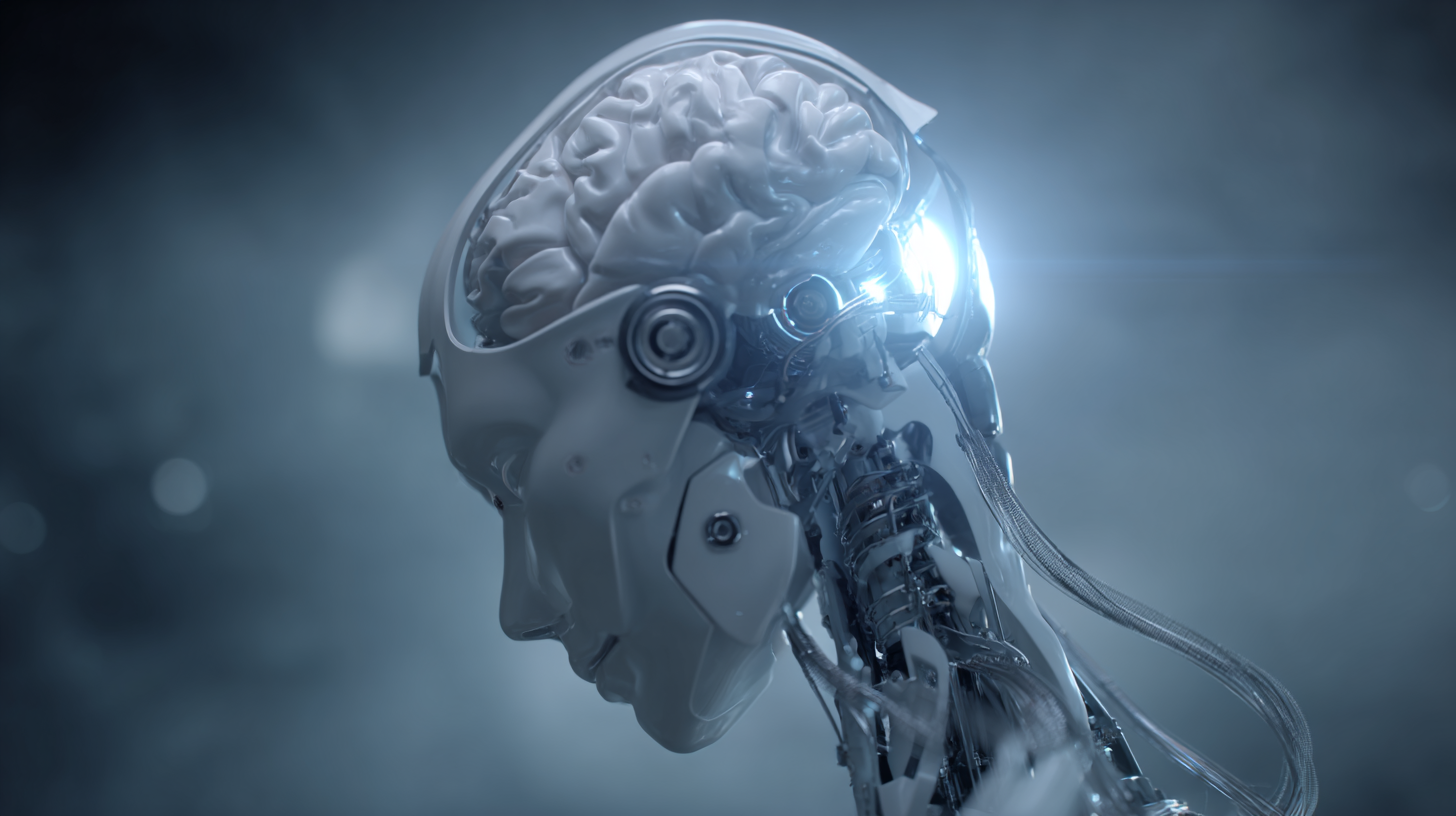
Recent advancements in technology are profoundly transforming the landscape of patient care for neurological disorders. According to the World Health Organization, over 1 billion people globally suffer from neurological disorders, highlighting a pressing need for innovative treatment solutions. Cutting-edge devices, such as neurostimulators and wearable biosensors, are now at the forefront of this revolution, providing new avenues for both diagnosis and management of conditions like epilepsy, Parkinson's disease, and multiple sclerosis.
A report from Transparency Market Research estimates the global market for neurostimulation devices is expected to reach around $11 billion by 2025, driven by growing incidences of neurological disorders and rising awareness about brain health. These devices not only improve the quality of life for patients through targeted stimulation or monitoring but also empower physicians with real-time data to tailor personalized treatment plans. For instance, researchers are exploring the potential of brain-computer interfaces, which allow direct communication between the brain and external devices, showing promise in aiding mobility for individuals with severe motor disabilities. As these technologies continue to evolve, they offer hope for millions affected by neurological challenges, making strides towards more effective and individualized care.
Wearable devices are transforming patient monitoring and care by enabling continuous tracking of vital signs and symptoms. These technologies allow for proactive disease management, providing healthcare providers with real-time data on patients’ health conditions. For instance, wearables can monitor irregular heartbeats, assist in managing chemotherapy side effects, and prevent hospital readmissions. This continuous monitoring capability is particularly beneficial in intensive care units, where wearable smartwatches enhance patient safety and efficiency by providing consistent insights into patient health.
However, while the potential of wearable technology in healthcare is significant, there are considerations to bear in mind. Certain cardiac wearables may present challenges, with some healthcare professionals cautioning against over-reliance on the data they provide. Despite these concerns, the integration of Internet of Things (IoT) technologies in healthcare is revolutionizing patient care. With advances in AI and patient monitoring systems, clinicians are better equipped to respond to the needs of aging populations and patients with multiple health conditions, making personalized care more attainable than ever.
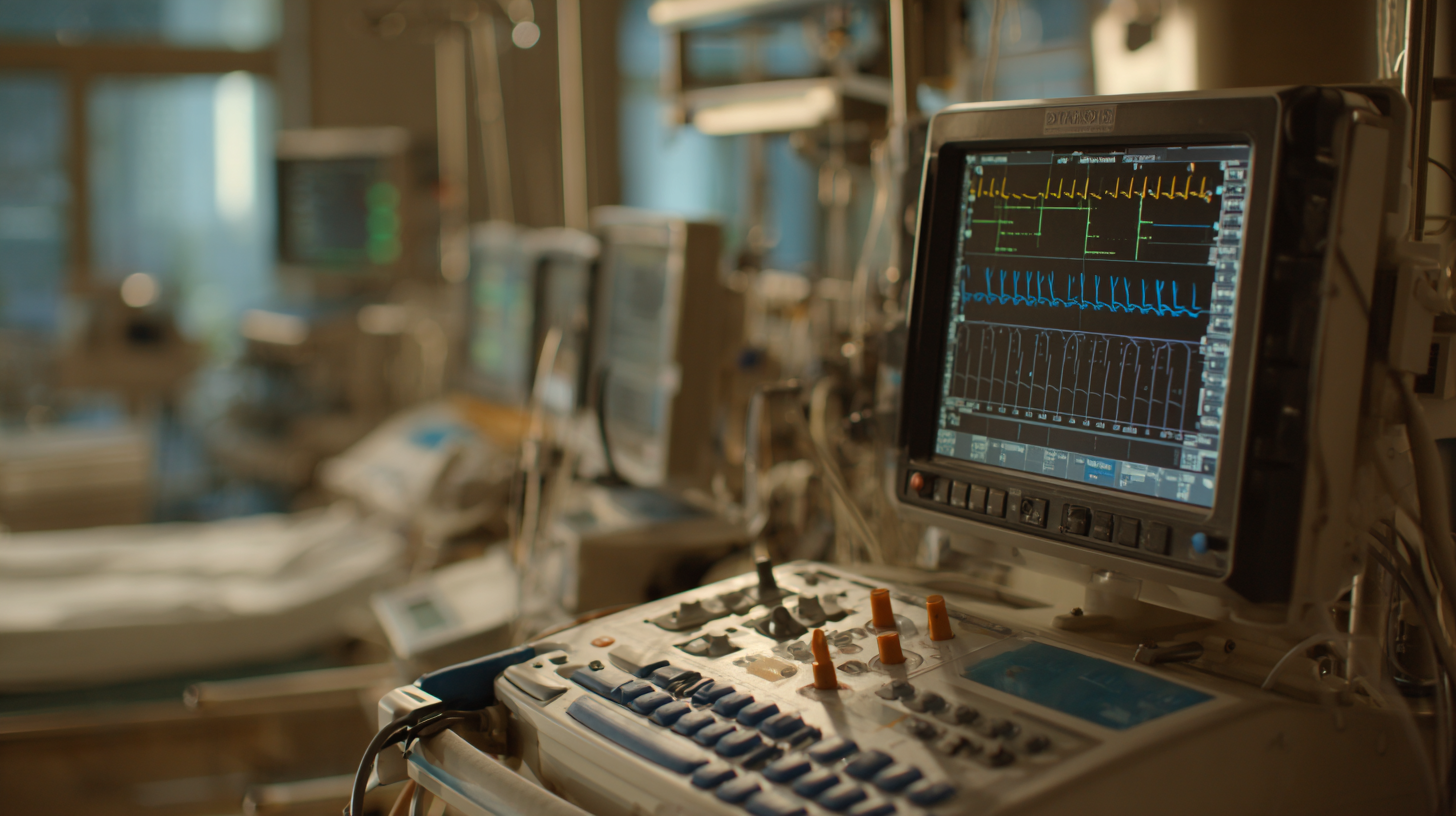
Recent advancements in artificial intelligence (AI) and machine learning are transforming the landscape of neurological diagnostics, leading to more accurate and efficient patient care. By analyzing vast amounts of data from various sources, including imaging studies and genetic information, these technologies uncover patterns that human practitioners may overlook. For instance, AI algorithms can predict the onset of conditions like Alzheimer's by identifying subtle changes in brain scans long before symptoms become apparent. This early detection not only enhances treatment outcomes but also helps demystify the complex nature of neurological disorders.
Furthermore, machine learning systems are being integrated into clinical workflows, enabling real-time decision-making support for healthcare providers. By continuously learning from new patient data, these systems adapt and refine their diagnostic capabilities, ensuring that the most current information informs patient care. This innovative approach not only streamlines the diagnostic process but also empowers physicians to tailor treatments to individual patients’ needs. As these cutting-edge devices continue to evolve, their impact on the management of neurological disorders promises to revolutionize patient care, ushering in a new era of precision medicine.
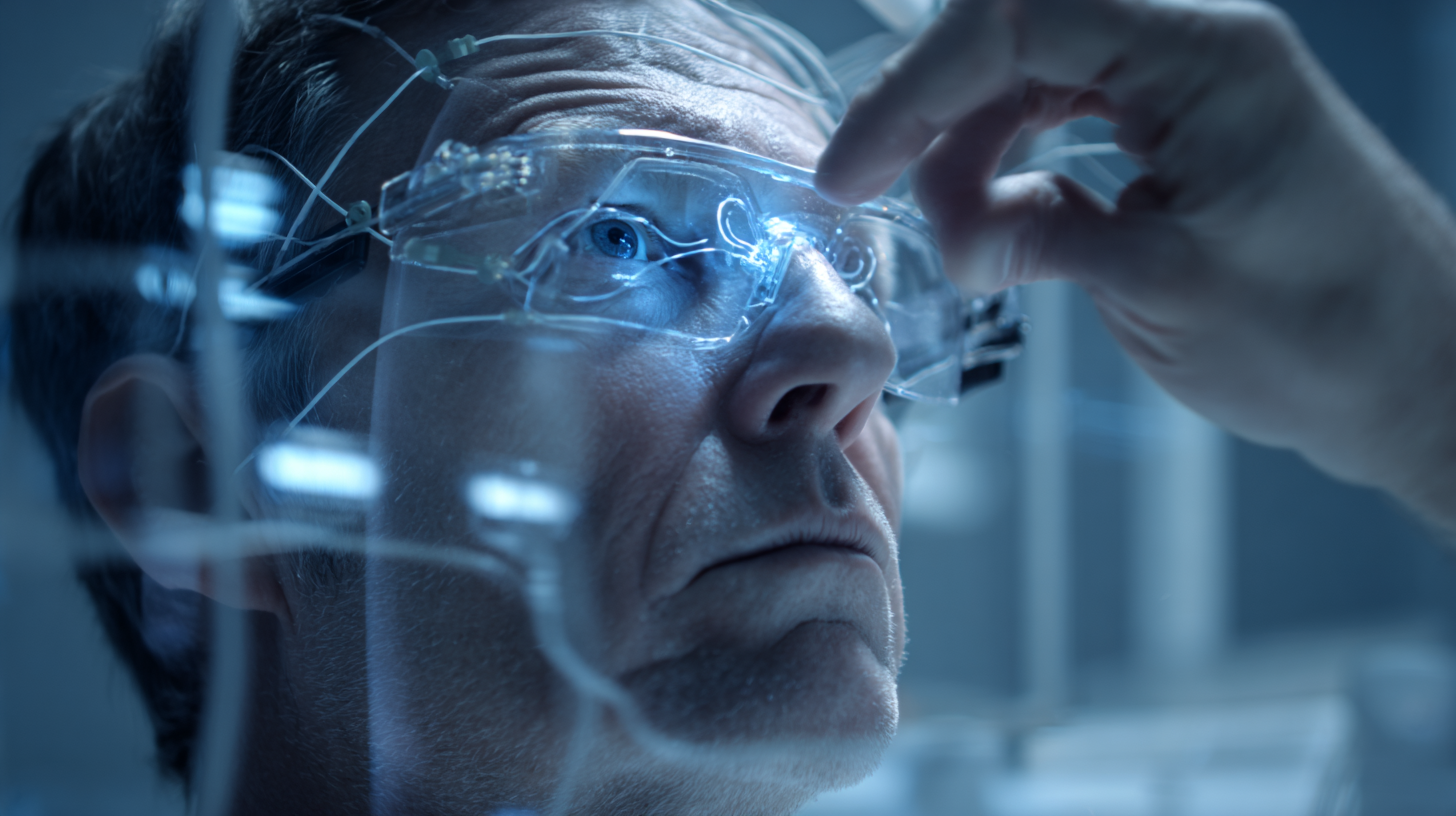
In recent years, the field of rehabilitation for neurological disorders has seen remarkable advancements, particularly in the integration of robotics. According to a report from the American Physical Therapy Association, robotic-assisted therapy can improve motor outcomes in stroke patients by up to 40%, significantly enhancing their recovery journey. These innovative devices not only provide consistent support but also allow for personalized rehabilitation exercises, tailored to the individual patient's needs.
The increasing prevalence of neurological conditions such as Parkinson’s disease and Multiple Sclerosis is further driving the demand for such technologies. A recent study published in the Journal of NeuroEngineering and Rehabilitation revealed that incorporating robotics in rehabilitation can lead to faster recovery times and reduced hospital stays, cut by an impressive 25%. This transformation in patient care is not just a trend; it is a necessity in facing the growing burden of neurological disorders.
**Tips:** When considering robotic rehabilitation devices, ensure they are FDA-approved and customized for your specific condition. Engaging in regular follow-up sessions can optimize the effectiveness of the therapy. Lastly, always consult with your healthcare provider to integrate these robotic solutions into your rehabilitation plan effectively.
| Device Type | Primary Application | Patient Outcome Improvement | Year Introduced |
|---|---|---|---|
| Robotic Exoskeletons | Physical rehabilitation for spinal cord injuries | Increased mobility and independence | 2015 |
| Brain-Computer Interfaces | Communication for patients with ALS | Enhanced communication capabilities | 2019 |
| Adaptive Gaming | Cognitive therapy for brain injuries | Improved cognitive function and engagement | 2021 |
| Wearable Neurostimulation Devices | Pain management and anxiety reduction | Reduction in medication use and better symptom control | 2018 |
| Telehabilitation Systems | Remote rehabilitation for stroke survivors | Improved access to care and patient satisfaction | 2020 |
The landscape of healthcare is rapidly evolving, driven by advancements in digital health technologies that enable personalized treatment plans for neurological disorders. As the global digital health market is projected to grow from $2.4014 billion in 2024 to an impressive $13.9481 billion by 2031, a compound annual growth rate (CAGR) of 28.57% underscores the demand for innovative solutions. The integration of cutting-edge medical devices is enhancing patient care, allowing for tailored therapies that cater to individual patient needs based on real-time data and analysis.
Furthermore, the increasing prevalence of remote healthcare solutions and the growing acceptance of telemedicine are reshaping the way patients receive treatment. The adoption of these technologies not only improves accessibility but also empowers healthcare providers to customize care plans more effectively. As a result, the surge in markets such as the rehabilitation equipment sector, estimated to grow substantially by 2033, highlights the critical role technology plays in enhancing treatment outcomes for conditions ranging from sleep disorders to neurological diseases. This ongoing transformation signifies a pivotal shift towards more personalized, efficient, and responsive healthcare systems.
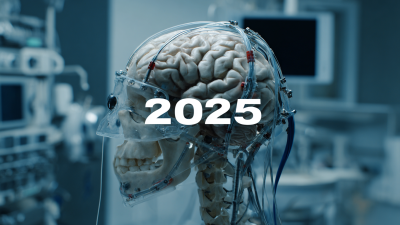
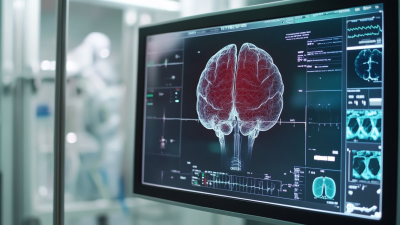


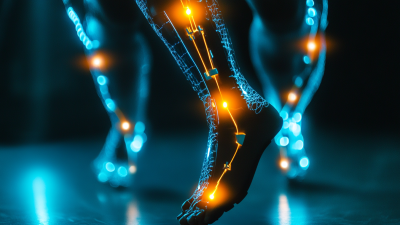
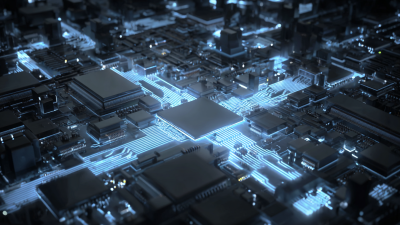
*The content on this website is for general informational purposes only and should not be taken as medical advice. Please contact your physician or therapist to learn what therapy solution is suitable for your specific needs. Not all products, features, or indications shown are approved in all countries.